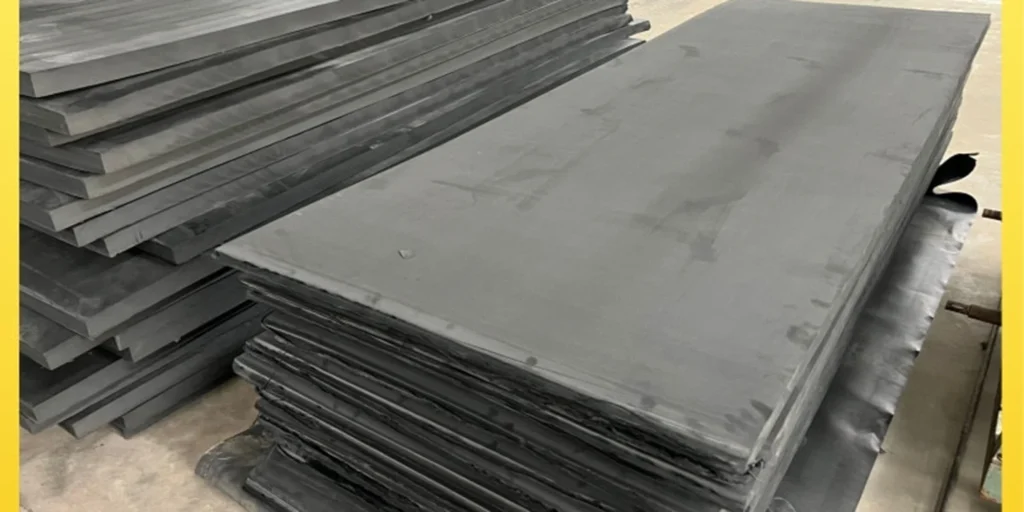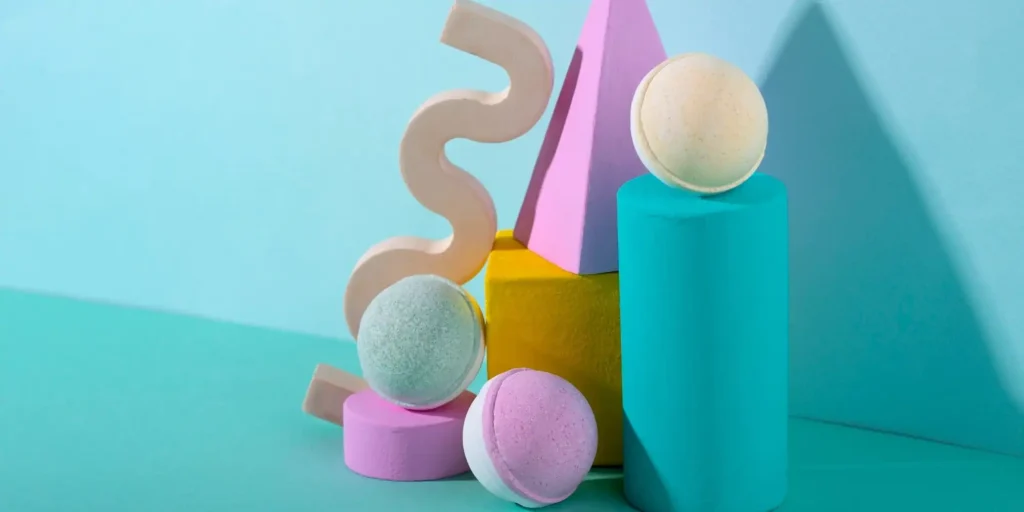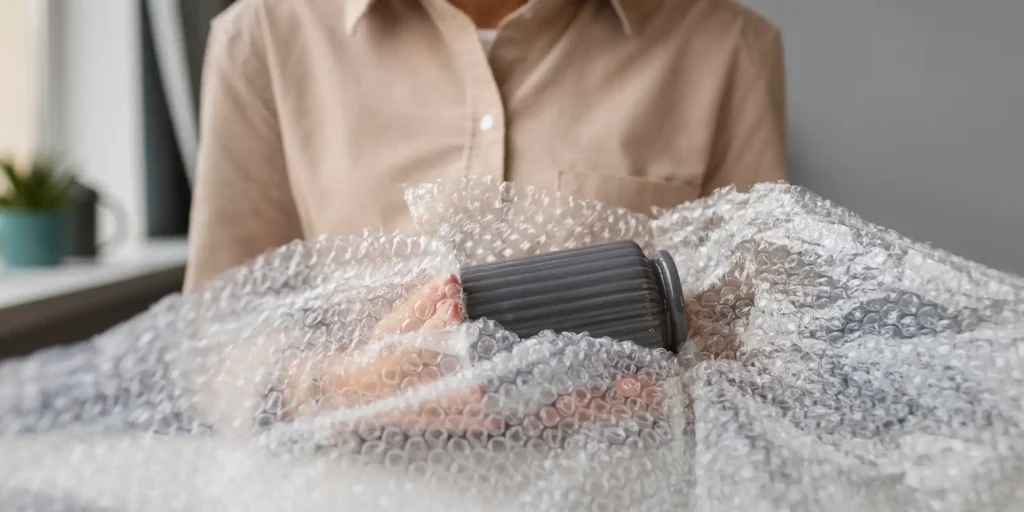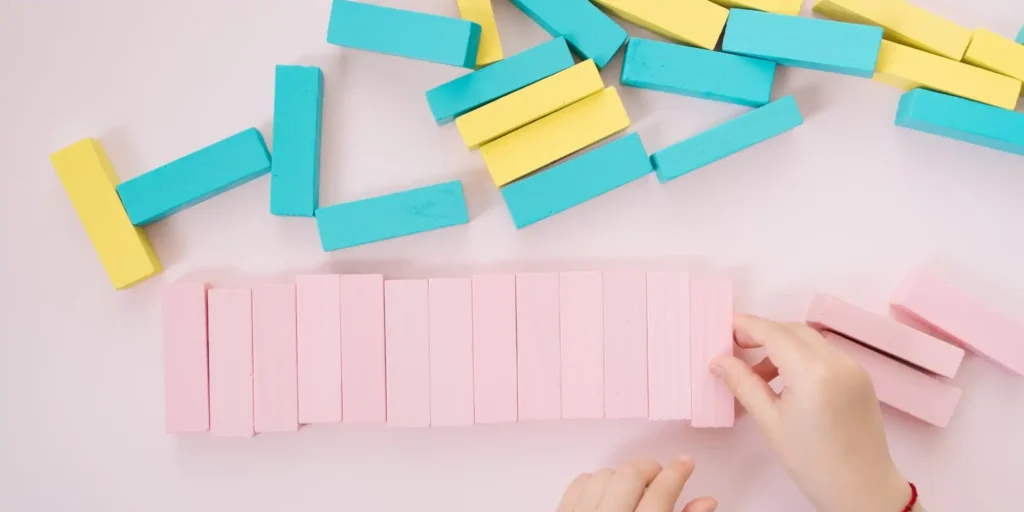EVA (ethylene-vinyl acetate) foam has become indispensable across industries – but what truly differentiates premium suppliers is their adoption of cutting-edge manufacturing techniques. This article explores 5 groundbreaking production methods reshaping quality, customization, and sustainability in EVA foam manufacturing.
1. Laser Precision Cutting Systems
Traditional die-cutting often limits design flexibility and creates material waste. Advanced CO2 laser cutting systems now enable:
- ±0.1mm accuracy for complex shapes
- Minimal kerf width (0.2-0.5mm) reducing material waste by 15-20%
- Real-time digital pattern adjustments without physical die changes
- Edge sealing to prevent delamination during cutting
Ideal for: Custom orthopedic shoe inserts, intricate puzzle mats, automotive gaskets.
2. 3D Thermoforming and Compression Molding
Combining heat (130-160°C) and pressure (50-200 tons) allows:
- Creation of variable-density products within a single piece
- Embedded reinforcement layers (fabrics/meshes)
- Microcellular structures for ultralight yet durable foam
- Seamless multi-material bonding (EVA+PE/TPE composites)
Example: Protective sports gear with hard outer shell/soft inner layer integration.
3. AI-Driven Automation Lines
Smart factories now employ:
- Machine vision QC systems: Detecting density inconsistencies <1% variance
- Predictive maintenance sensors: Reducing equipment downtime by 40%
- Automated thickness control: Maintaining ±0.3mm tolerance across batches
- Robotic material handling: Minimizing human contact contamination
4. Environmentally Optimized Processes
Innovations addressing sustainability demands:
- Closed-loop ethanol-free foaming: Eliminating VOC emissions
- Bio-based EVA blends: 30-50% renewable content without performance loss
- Waste foam recycling systems: Reclaiming 95%+ production scraps
- Low-energy infrared curing: 25% reduced energy consumption
5. Hybrid Additive Manufacturing
Emerging 3D printing applications:
- Multi-nozzle systems depositing EVA+polymer adhesives
- Foam texture patterning (non-slip surfaces, breathable channels)
- Gradient structure printing for shock-absorption engineering
- On-demand small-batch production (500+ piece MOQs eliminated)
Why These Innovations Matter for Buyers
- Faster prototyping: 2-3 days vs. traditional 2-3 weeks
- Lower minimum orders: 100-500pcs for custom designs
- Enhanced customization: 50+ parameters adjustable (hardness, rebound, etc.)
- Consistent quality: Automated systems ensure batch-to-batch uniformity
- Eco-compliance: Meets EU REACH/US EPA standards effortlessly
FAQ Section
Q1: Do innovative techniques significantly increase costs?
A: Initial costs are 10-15% higher, but optimized material usage and reduced waste typically lead to 8-12% long-term savings.
Q2: Can I get small test batches with these advanced methods?
A: Yes, laser cutting and 3D printing allow cost-effective prototypes starting from 10-20 units.
Q3: How do these techniques improve product durability?
A: Precision density control and sealed edges prevent common failure points like layer separation and edge wear.
Q4: Are these manufacturing methods suitable for food-contact EVA products?
A: Absolutely. Automated systems minimize contamination risks, with options for medical-grade certifications.
Q5: What’s the lead time difference between traditional and advanced methods?
A: New techniques reduce production time by 30-50%, with most orders shipped within 7-10 working days.
WELLE Trade has over 20 years of experience in the production and processing of PE/EVA/TPE foams, so you may want to consult with them if you have any sourcing needs.




